Spanning countless millennia (and 29 games), the timeline of The Legend of Zelda series is notoriously complicated, but echoes of the previous games often appear in subsequent installments, suggesting a continuity. You’ve definitely recognized reoccurring locations, character names, and symbols throughout the games, and dedicated fans keep uncovering secret lore in the ever-expanding mythology, which deepens with every new game release.
The LoZ mythos is so vast that it’s easy to miss the little details. Official compendiums like Hyrule Historia, however, have compiled the history, lore, and art of the series all in one place, and hardcore fans can’t help but take their theories to online forums like Reddit.
8 The Koroks Were Once Kokiri Children
Debuting in The Legend of Zelda: The Wind Waker, the Koroks have been an adorable edition to the games and its vibrant cast of characters, becoming hidden collectibles in Breath of the Wild and Tears of the Kingdom. The Koroks, however, were once completely different creatures before the events of Wind Waker. In the game, the Great Deku Tree says that long ago “the Koroks took human forms,” and we see this when Makar meets the spirit of one of his ancestors, Fado of the Kokiri Tribe.
This is further confirmed by Eiji Aonuma, the series producer, who said the Koroks evolved from the Kokiri to survive the flooding of Hyrule and “inherited their blood.” Fans of Ocarina of Time will remember the starting area, Kokiri Forest, and that Link is himself is a child of the Kokiri. So next time you attach a rocket to a Korok in TotK, you might be sending one of Link’s old friends to the moon.
7 The Divine Beasts’ Names Reference Past Characters
When you think of Breath of the Wild, you often think of the unique animal-shaped machines and the interactive dungeons inside them. According to Urbosa, the Divine Beast Va Naboris gets its namesake from Nabooru, the Gerudo Sage from Ocarina of Time. This implies that the other Divine Beasts are also named after important figures in Hyrule’s history.
The Rudania of Divine Beast Va Rudania’s name is an anagram for Darunia, the Goron cheif in Ocarina, and reading the Zora Statue Monument reveals that Va Ruta is named after Princess Ruto, which Ocarina fans would recognize as the Zora Sage who has a crush on Link. Va Medoh’s namesake is tricky to pin down, but considering its connection to the Rito people, we can assume it’s a corruption of another familiar name, possibly Medli, the Rito girl in Wind Waker who becomes Sage of Earth.
6 The Term Divine Beast Appears Before Breath Of The Wild
The Divine Beasts are an integral part of Breath of the Wild’s story, but did you know that the concept of a Divine Beast isn’t exclusive to BoTW? In fact, one is mentioned 11 years earlier in Twilight Princess. Link’s impish companion Midna speaks of a Twili legend. “In our world,” she says, “we’ve long believed that a Hero would appear as a divine beast.”
The Hero, of course, refers to Link, who is transformed into a wolf when first yeeted into the Twilight Realm. Currently though, there is no confirmed connection between Wolf Link and the behemoths of BotW other than the shared title in both English and Japanese (神獣 Shinjū).
5 The Zora Evolved Into Rito (And Possibly New Zora)
In the Wind Waker timeline, the Zora were forced to adapt to the unnatural waters of Great Flood, which became uninhabitable, devoid of fish, and full of monsters. The resulting Rito are descendants of the Zora people, who evolved wings to navigate the skies. The original N64 Zora design can be seen in the spirit of Laruto, the former Sage of Earth, with her light blue skin, beady eyes, and head that tapers into horizontal tail fins. The designs of the Rito further developed, and by Breath of the Wild, they became less humanoid and more like anthropomorphic birds.
Surprisingly, the Zora and the Rito coexist at the same time in the BotW timeline, throwing a whole monkey wrench in the previous canon. The Zora of BotW are designed with more shark-like figures, with vertical tail fins as opposed to the horizontal ones (similar to dolphin or whale fins). Whether this is a divergent species or a total retcon is wholly unconfirmed, but certain design elements harken back to a shared history.
4 Zora Sapphire Design Appears on Medli and Sidon’s Clothing
The Zora Sapphire is one of the three treasures needed to unlock the Temple of Time in the N64 classic Ocarina of Time. Part of its design, namely the three conjoined gold arches, is referenced in future installments, sported by both Zora and Rito characters.
In The Wind Waker, Medli’s sash features the same three-arch insignia, directly connecting the N64 Zora to the Rito of Wind Waker. In addition, a perceptive Redditor spotted it on Prince Sidon’s armor, asking in a post, “Did you ever notice that Prince Sidon’s Shoulder Pads are adorned with the depiction of the Zora’s Sapphire spiritual stone?”
3 Lon Lon Milk Appears Across Several Games
Named after the Lon Lon Ranch, this thirst-quenching dairy delicacy became a series staple as soon as it debuted in Ocarina of Time. So far, it has appeared in four Zelda games, including The Minish Cap, The Windwaker, and Hyrule Warriors Legends, the latter of which takes place 100 years before the events of Breath of the Wild.
The specific Lon Lon brand, complete with the signature cow label, spans multiple games and seemingly countless generations of Hyrule’s history. Either the Malon and Talon’s family business has survived all these years or that milk has one hell of a shelf life.
2 The Hero’s Shade Is The Deceased Hero Of Time
In Twilight Princess, Link is taught sword fighting techniques by a mysterious skeletal warrior who can transform into a spectral wolf. If you feel like there’s something familiar about him, you’d be right. The Hero’s Shade is confirmed to be the Hero of Time, AKA Link from Ocarina of Time and Majora’s Mask.
According to Hyrule Historia, the Hero of Time died in obscurity, forgotten by time and woeful at having not passed down his skills. In Ocarina of Time, the Kokiri girl Fado says that people wandering the Lost Woods eventually become Stalfos. His skeletal appearance suggests he too became a Stalfos, possibly after losing himself in the Lost Woods, a sad end for the legendary hero.
1 Eventide Island Is A Reference To Koholint Island
In Link’s Awakening for the Game Boy Color, Link washes up on the shores of a faraway island after braving a violent storm. Generations later in Breath of the Wild, you can visit the same island, albeit with a different name. Eventide Island is a direct reference to its GBC predecessor, Koholint Island.
Geographically, it’s close to identical. Koholint Rock is featured in both games in addition to Toronbo Shores (called Toronbo Beach in BotW). The island’s shrine quest is also a subtle nod to the story of Link’s Awakening. The quest forces you to only use items and gear found on the island, much like how Link arrived to Koholint with nothing but the shirt on his back.
#Legend #Zelda #Hidden #Lore #Series
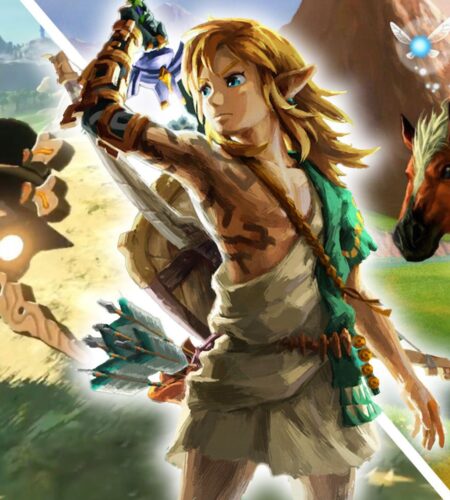
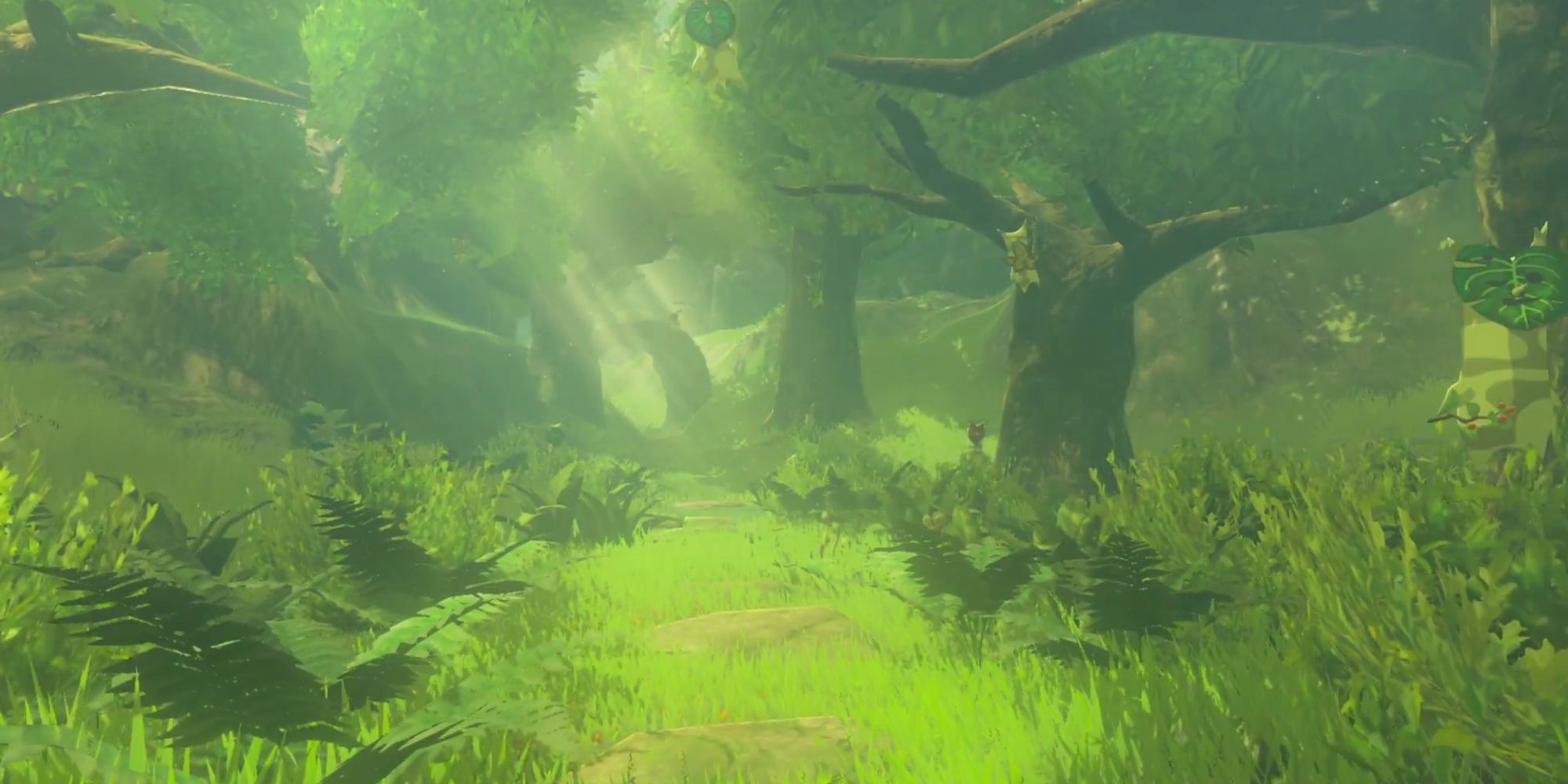

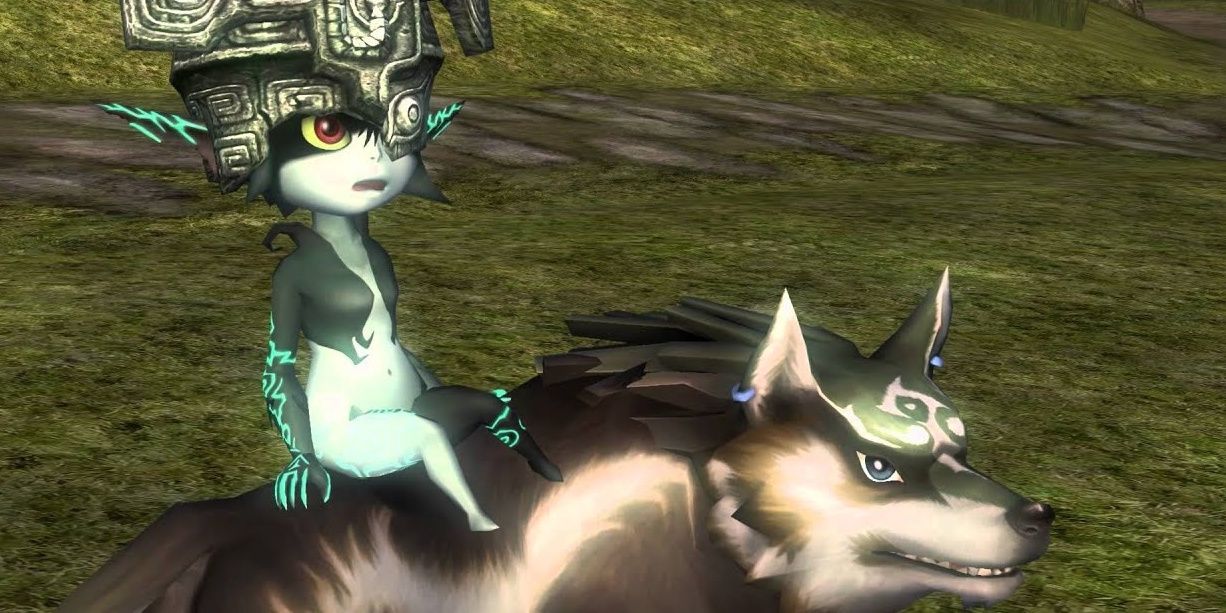
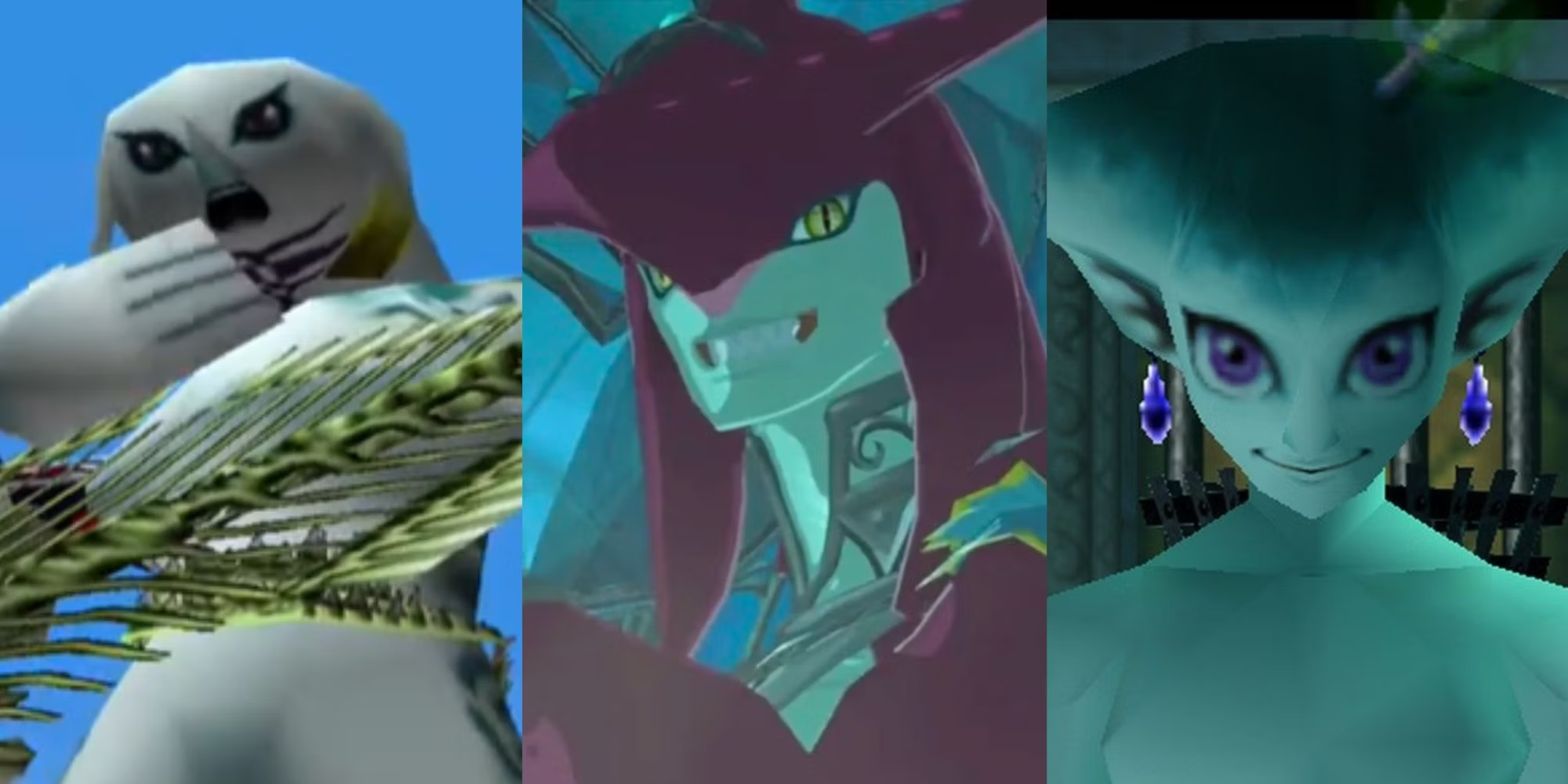
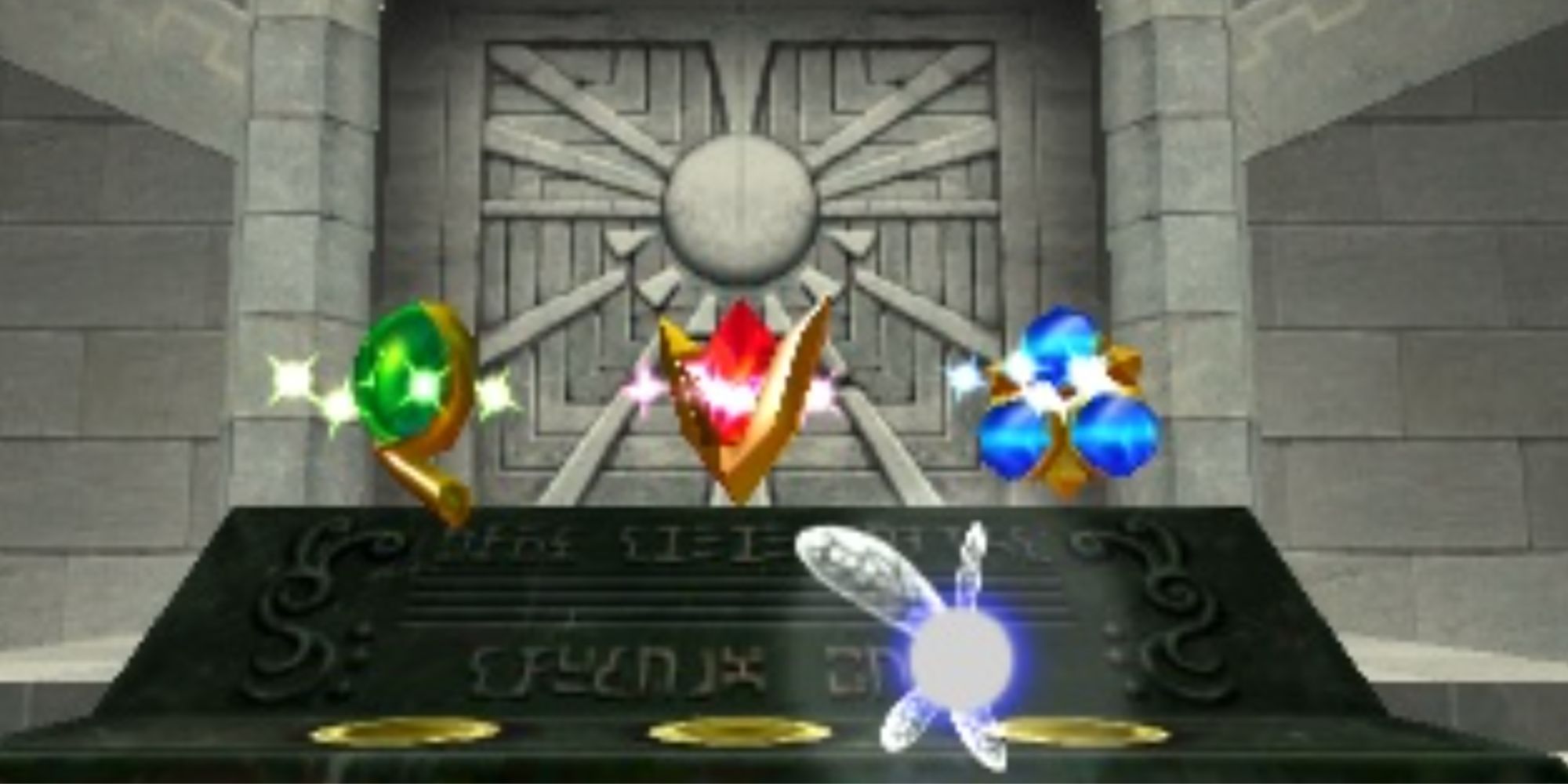
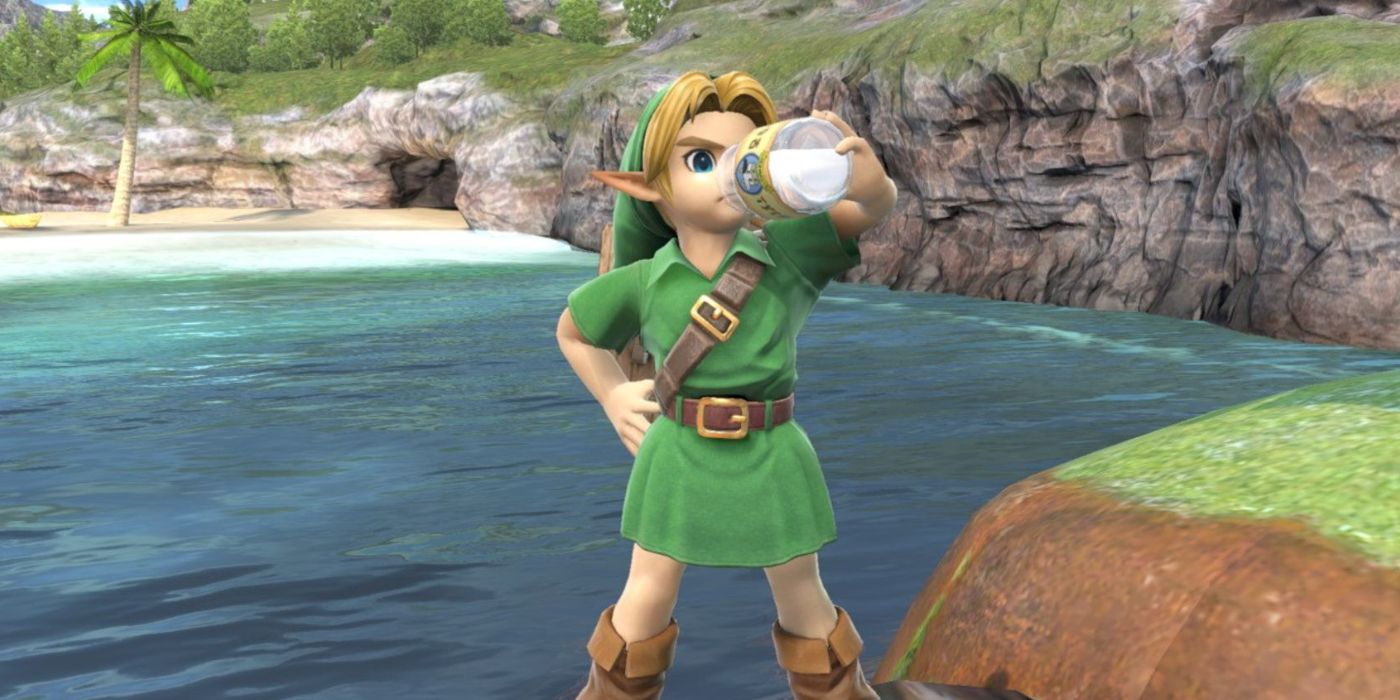
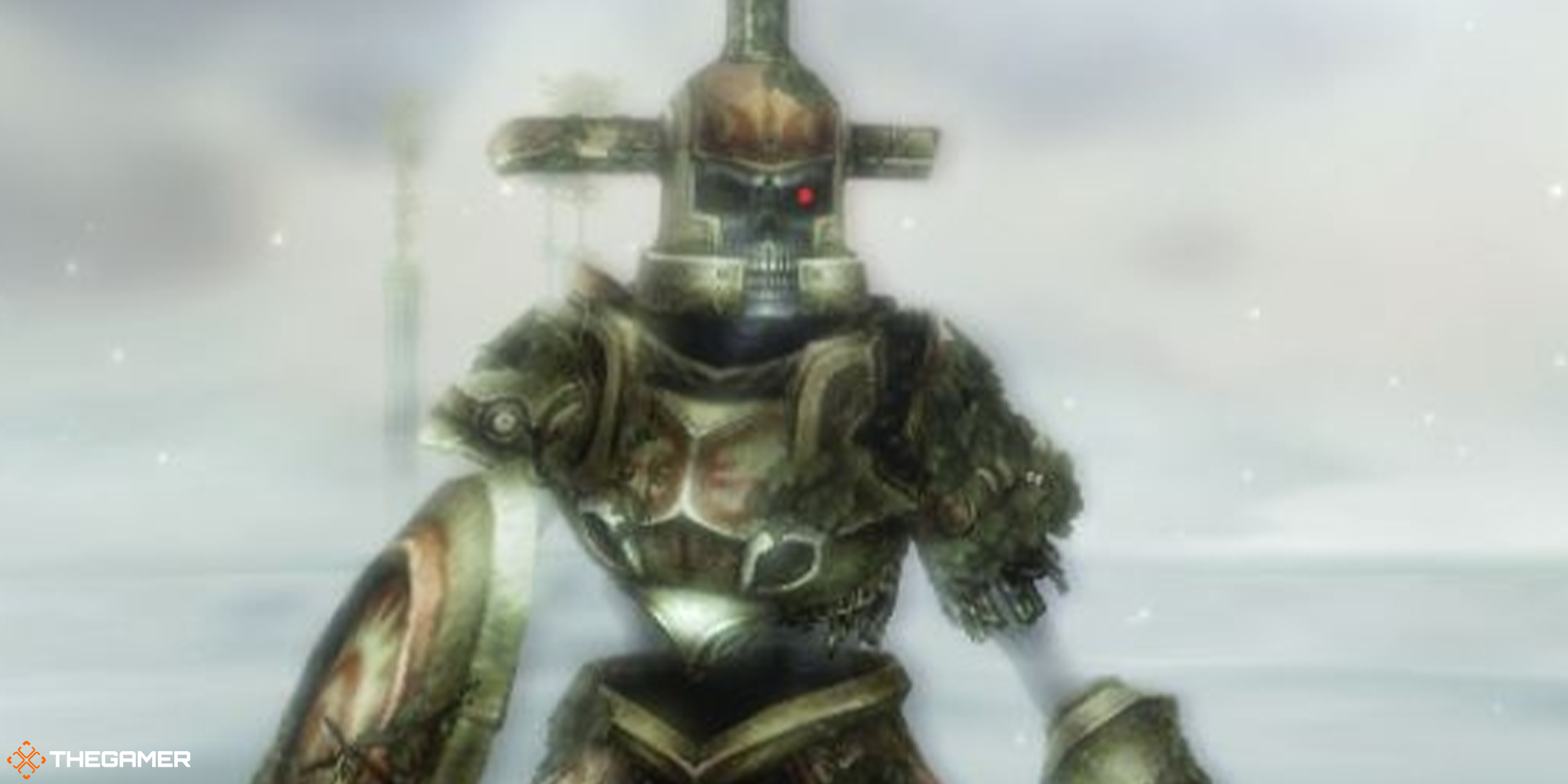
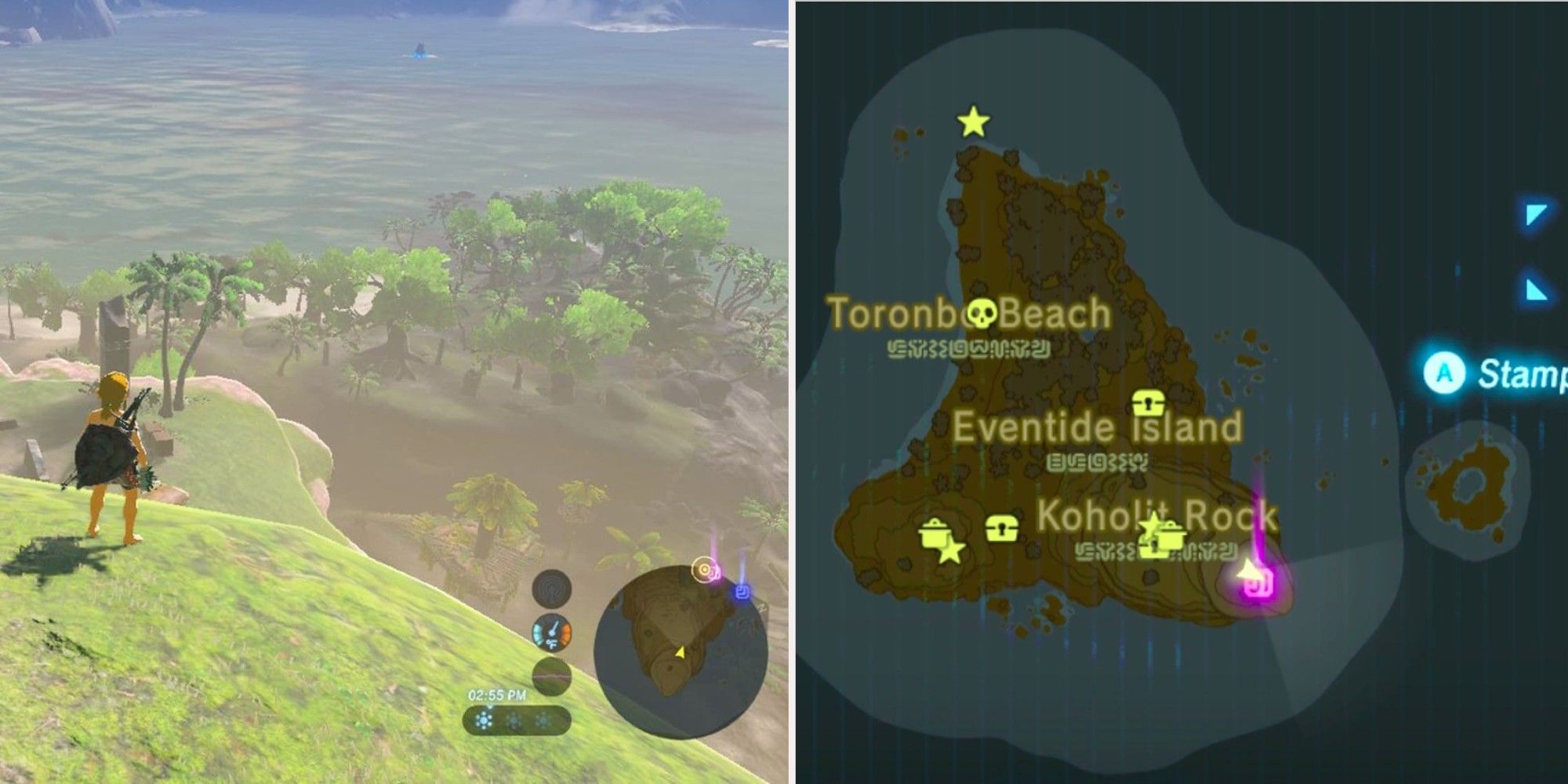
Comments